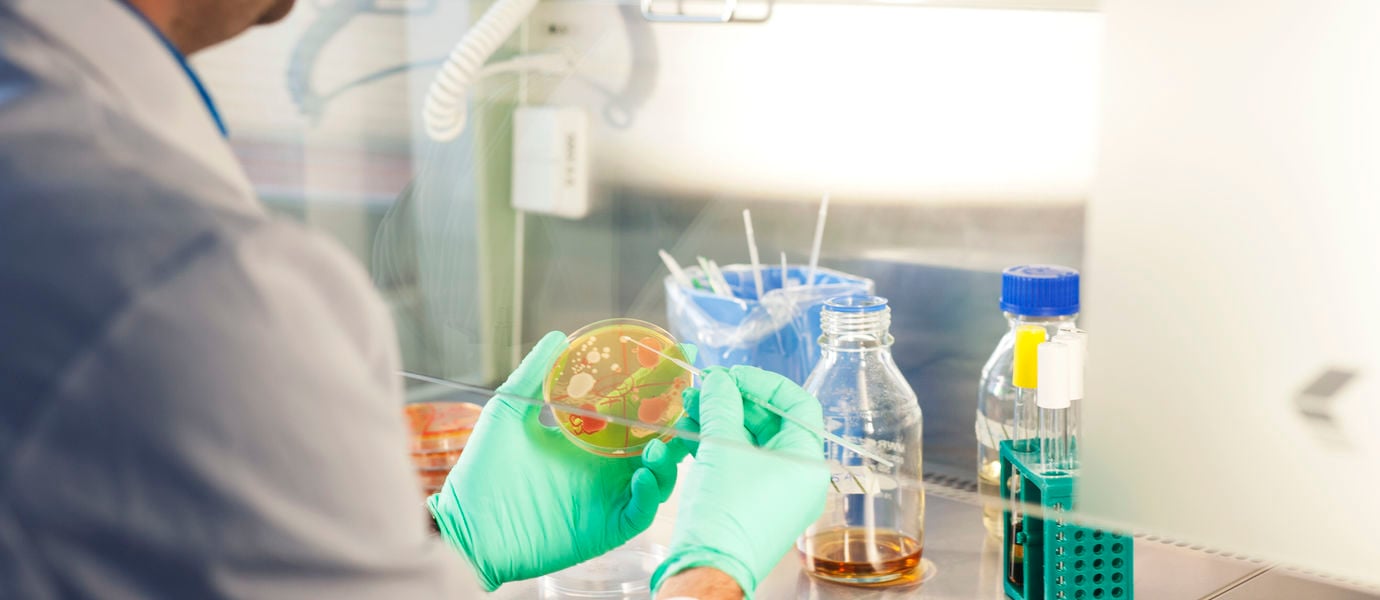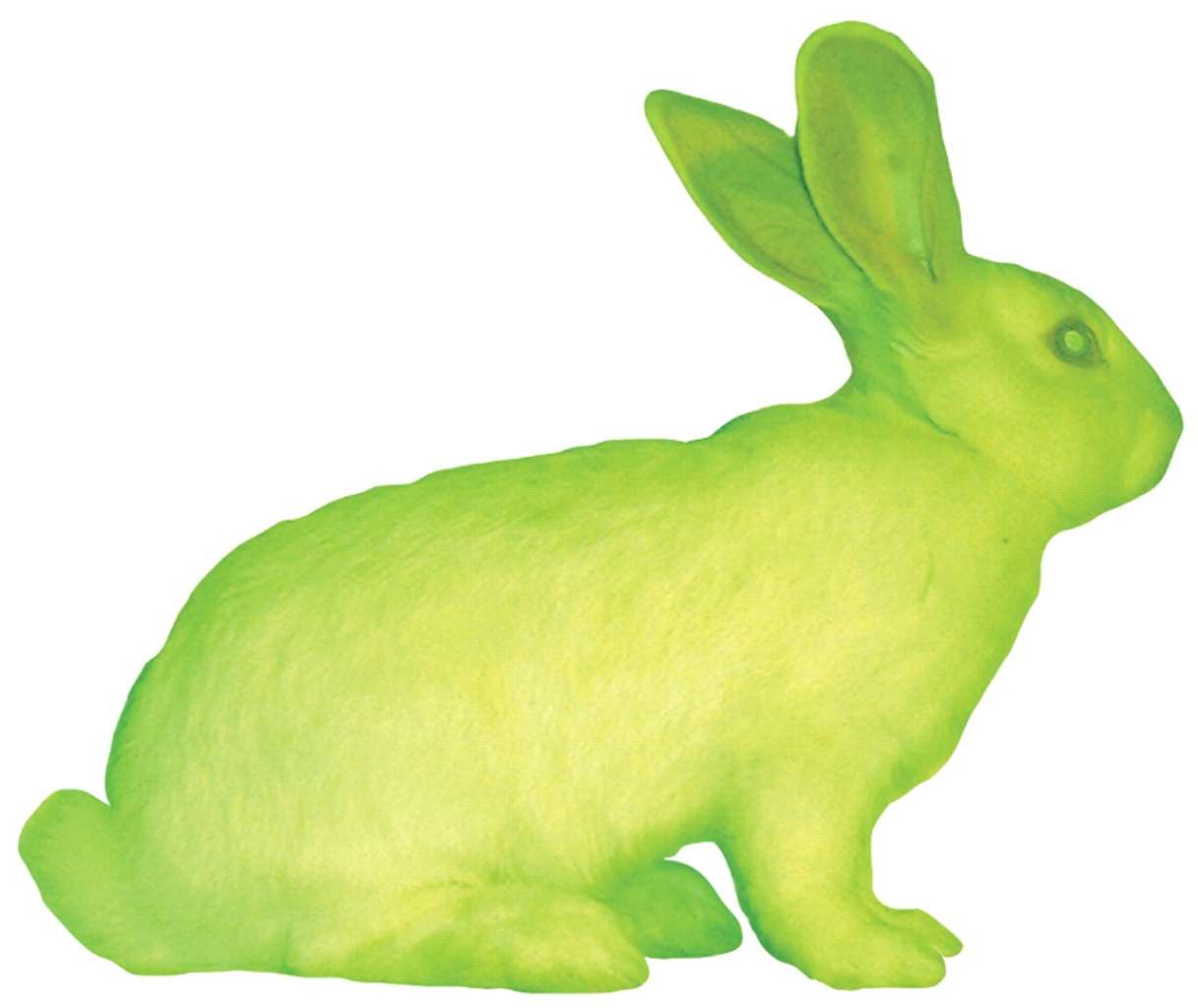Week 6: Biotechnology + Art
 |
| Biotechnology |
The field of biotechnology has continually pushed the boundaries of what is possible, even if it crosses the line of life itself. Scientists have figured out ways to manipulate not only the genes in our body but in all other living species and in the food we eat. Biotechnology has enabled us to further understand our body and the elements around us, but it has caused an ethical debate due to the somewhat invasive and unconsented practice of it. It has essentially been about disrupting the natural order of life and trying to engineer ways to prevent the deterioration of or extend the life of some species, while also trying to produce unnatural results on different types of living things.
 |
| Stelarc and his third ear |
When integrated with art, the biotechnology world becomes riddled with doubts from many onlookers. Stelarc is an artist who uses his own body as a canvas for his shocking projects. One of his most notable works is his body modification project in which he received an implant of a third ear on his arm. This project has left many wondering why it was even necessary.
Transgenic art is a practice of genetic engineering where an organism’s genetic material is transplanted into another organism to construct a new creature. An artist named Eduardo Kac created one of the most popular transgenic artworks. He created a green fluorescent rabbit by mixing the genes of a jellyfish and the fertilized egg of an albino rabbit. Another transgenic project used rats, but it had a different purpose. Kathy High’s project used rats injected with human genes as models in order to better predict the processes of human health and disease prevention. While it might be unethical, this project can reap many benefits.
 |
| Fluorescent bunny |
Body modification projects and transgenic art such as Eduardo Kac’s fluorescent rabbit raises questions on the boundaries of science and art. Who are we to experiment on animals who are unable to consent for themselves? Why are we trying to modify our abled bodies with parts that we don’t need? Biotechnology has led to numerous advancements, but it has also allowed people to play "God" and reorder, recreate, and remove some of the organic elements of life.
“Stelarc.” Wikipedia, Wikimedia Foundation, 7 Oct. 2018, en.wikipedia.org/wiki/Stelarc.
TRANSGENIC ART by Eduardo Kac, www.ekac.org/transgenic.html.
Vesna, Victoria. “5 Bioart pt1.” YouTube, YouTube, 18 Sept. 2013, www.youtube.com/watch?v=PaThVnA1kyg.
Vesna, Victoria. “5 BioArt pt3.” YouTube, YouTube, 17 May 2012, www.youtube.com/watch?list=PL9DBF43664EAC8BC7&v=3EpD3np1S2g.
Vesna, Victoria. “5 BioArt pt4.” YouTube, YouTube, 17 May 2012, www.youtube.com/watch?list=PL9DBF43664EAC8BC7&v=2qSc72u9KhI.

Hi Harriet, I really enjoyed your blog post this week! In particular, I liked your last section in which you analyzed the pros and cons of biotechnology as an art form. In my blog post, I had thought about that it is unethical to inflict pain (emotional and physical) on other organisms; however, I had not considered the idea of consent and how that is unethical as well. Great job!
ReplyDelete